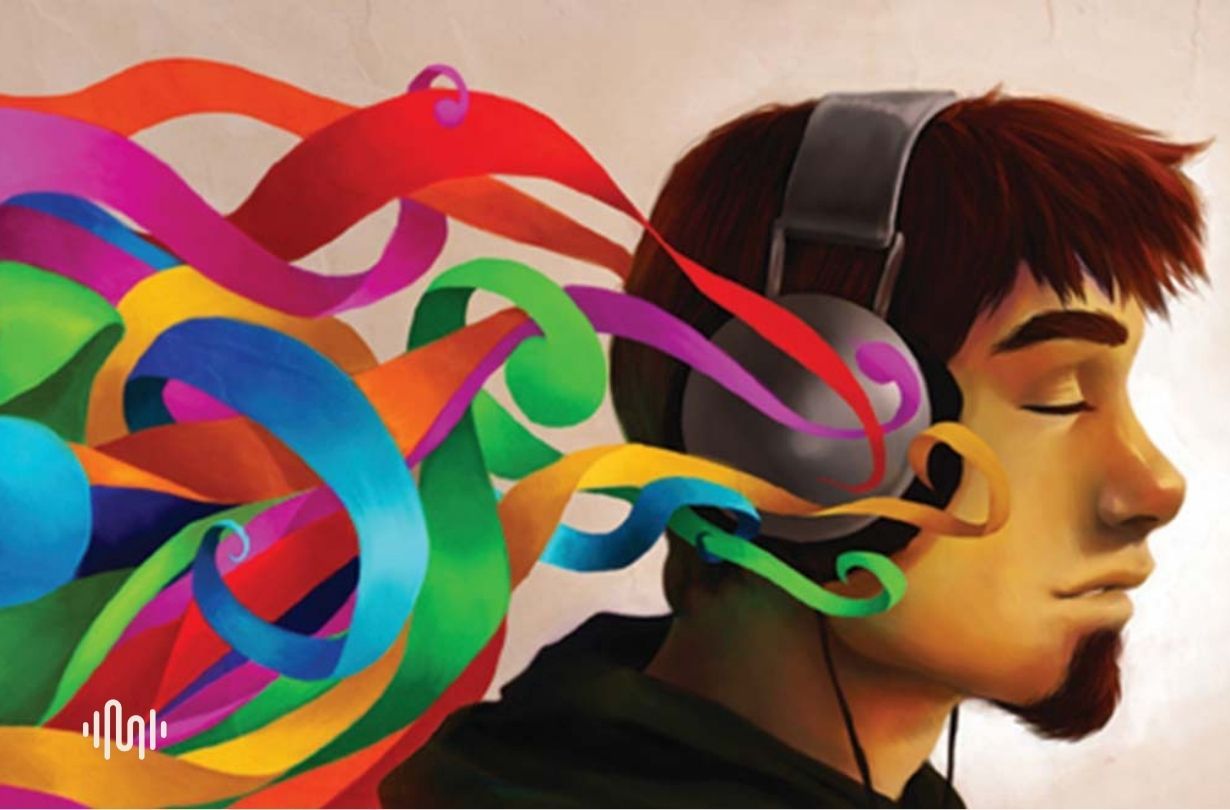Hearing the World in Colour: Sound-to-Colour Synesthesia
Ever been at a concert and asked, "What color is this song?" Sounds wild, but for 1 in 3,000 people with 'sound-to-colour synesthesia' or chromesthesia, it's a genuine sensation!

Imagine this. You’re at a concert with friends when someone leans over and shouts in your ear: ‘what colour is this song?’
Would you have an answer for them? Or would you think they’d gone stark raving mad?
While some of us wouldn’t even know where to start, there are others of us who would find the question perfectly natural. One in 3,000 of us, to be precise! These are the relatively unusual individuals who have something called ‘sound-to-colour synesthesia’ – otherwise known as chromesthesia.
What is sound to colour synesthesia?
To those of us who don’t have it, synesthesia can seem like something plucked straight out of a comic book. Essentially, it’s a neurological condition that links one sense to another.
Sound to colour synesthesia is the neurological condition that links your sense of hearing to your sense of sight. Someone listening to a piece of music might automatically (and involuntarily) see their own private show of colourful lights dance before their eyes.
Very similar to how one person might conjure up the taste of chocolate each time they smell a rose. Or how someone else might associate the colour blue with the feeling of a brand new leather sofa.
If you’re shocked to learn that some people see a whole spectrum of colours when they hear sounds, then think of this: somebody who has chromesthesia is likely to be just as shocked to discover that other people don’t!
Related article: Effects of Music on the Brain
Is sound to colour synesthesia a disease or disorder?
Don’t worry, sound to colour synesthesia is far from being a disease or disorder. In fact, research has shown that people with synesthesia can actually perform better on some memory and intelligence tests, according to The Synesthesia Project!
Not only that, but a remarkably high number of famous artists and musicians have admitted to having chromesthesia – from Vincent Van Gogh to David Hockney, Leonard Bernstein and Wassily Kandinsky. Kandinsky even used his chromesthesia to create his paintings – one reason why many are named after musical terms, like ‘Compositions’ and ‘Improvisations’!
